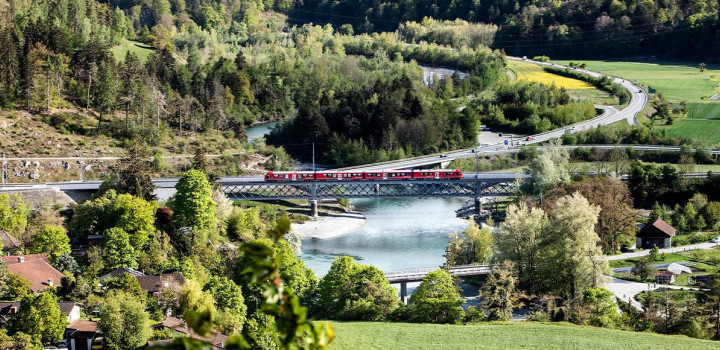Sustainable locations for the future are first created when there is interplay between ecology and design. The open space of today must be conceived for a better world of tomorrow, in which people and nature live together in a compatible way.
By dealing with land, water, and the climate in a balanced way in our projects, we create intact ecosystems and thus a sustainable basis for life for flora and fauna. Interconnecting open spaces with their surroundings gives rise to extensive systems of open spaces that unleash a large number of ecological and social potentials. In addition to a resource-saving approach, when constructing, our aim is to generate a diversity of uses and species that is as great as possible. The greater the biodiversity, the more dynamically a location can react to future changes and hence be sustainable for future generations.

















